Aging is a universal experience that transcends species, offering a unique perspective on life’s journey. While humans constantly search for ways to understand and navigate the aging process, wild chimpanzees, our closest living relatives, exhibit fascinating behaviors and traits that can shed light on how we age. By observing their social structures, health practices, and daily routines, we can glean invaluable insights into our own aging process.
1. Aging is a Social Experience
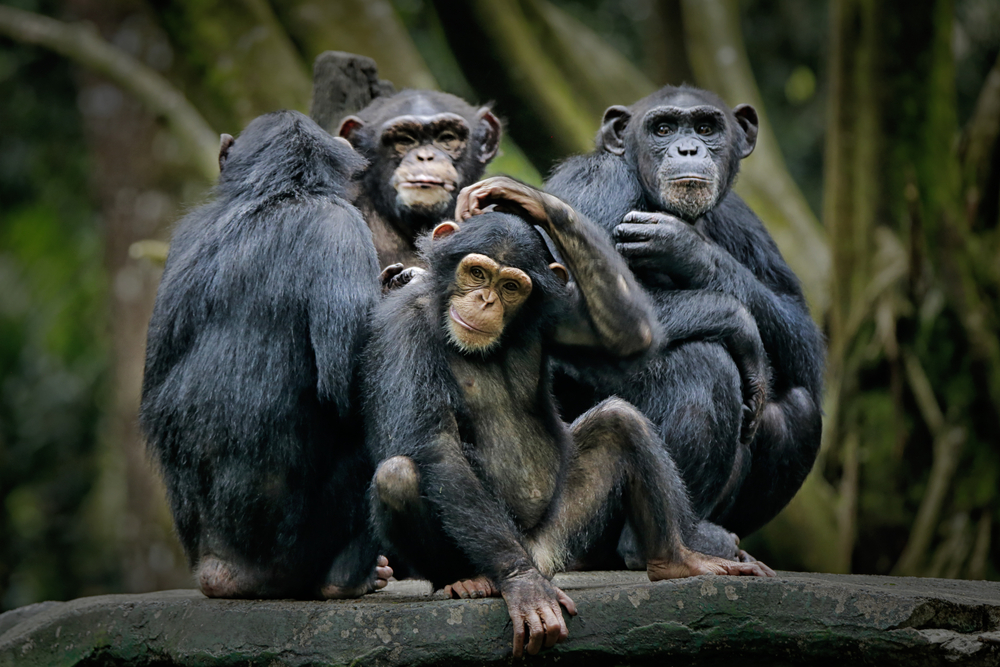
Chimps are inherently social animals, and as they age, they tend to become more selective about their social interactions. According to a study published by the National Institutes of Health, older chimpanzees often prioritize close friendships over broader social networks, similar to the way humans do. This selectivity helps them maintain meaningful connections without expending unnecessary energy on less rewarding relationships. This behavior highlights the importance of quality over quantity in social bonds as we age, suggesting that focusing on deep, meaningful relationships can lead to a more fulfilling life.
Interestingly, this social selectivity also points to the potential for improved emotional well-being in older age. By surrounding themselves with trusted individuals, older chimps reduce stress and enhance their overall quality of life. For humans, this could mean prioritizing time with family and long-term friends, ensuring that our social interactions contribute positively to our emotional health. It’s a reminder that nurturing our closest relationships can be a key factor in aging gracefully.
2. The Importance of Physical Activity
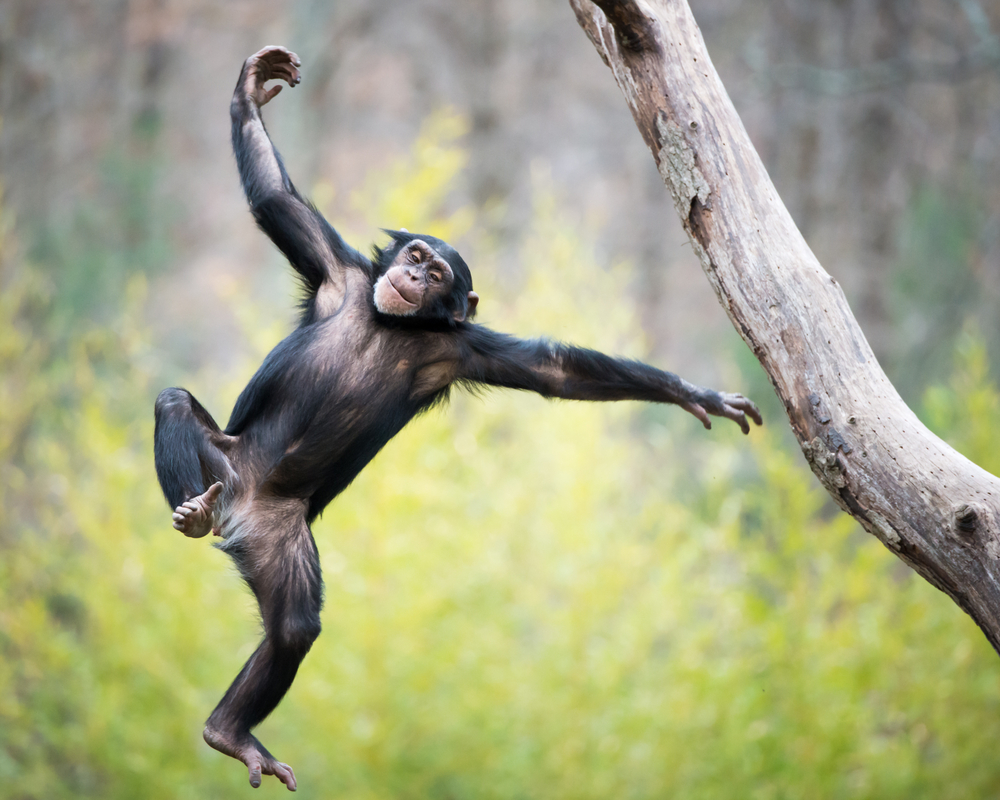
While chimps may not hit the gym like humans, they demonstrate the critical role of staying active throughout life. Older chimps continue to engage in daily activities such as foraging, climbing, and grooming, which naturally incorporate physical exercise into their routines. These activities help maintain their strength, flexibility, and overall health, proving that it’s never too late to keep moving. For humans, this emphasizes the significance of regular physical activity, whether it’s through structured exercise or simply staying active in our daily lives.
Moreover, maintaining physical activity as we age can help combat the natural decline of muscle mass and bone density. For chimps, staying active is a necessary part of survival; for humans, it can be a deliberate choice to enhance longevity and improve quality of life. Embracing movement, in whatever form it takes, can have profound impacts on both physical and mental health. It’s a testament to the idea that aging gracefully involves adopting a lifestyle that embraces activity and movement.
3. Adaptation and Resilience in the Face of Change
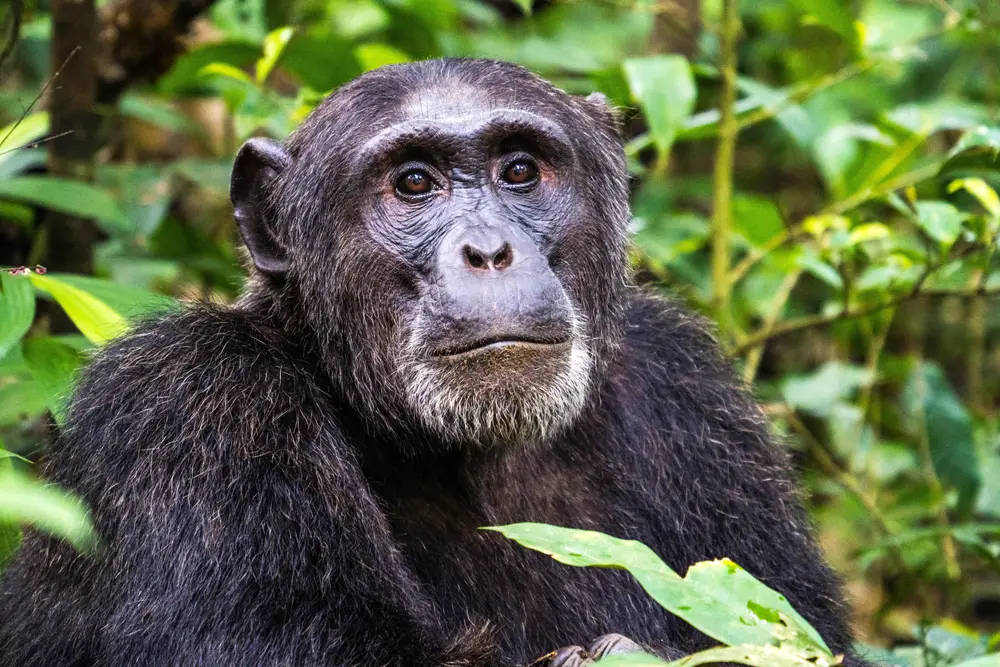
Aging wild chimps display remarkable adaptability, adjusting their behaviors and strategies as their physical capabilities change. As they age, they may rely more on their intelligence and experience rather than physical prowess to navigate their environment and solve problems. This adaptability underscores the importance of developing resilience and cognitive flexibility as we age. According to research from the Jane Goodall Institute, these cognitive adaptations allow older chimps to continue thriving despite the natural limitations that come with aging.
For humans, this means embracing change and finding new ways to adapt to life’s challenges. It involves cultivating a mindset that views aging not as a decline but as an opportunity to harness our accumulated knowledge and experience. This principle encourages us to remain open to learning and growth, using our life experiences to navigate new situations effectively. By focusing on what we can do rather than what we can’t, we can age with grace and maintain a sense of purpose and fulfillment.
4. The Value of Rest and Relaxation
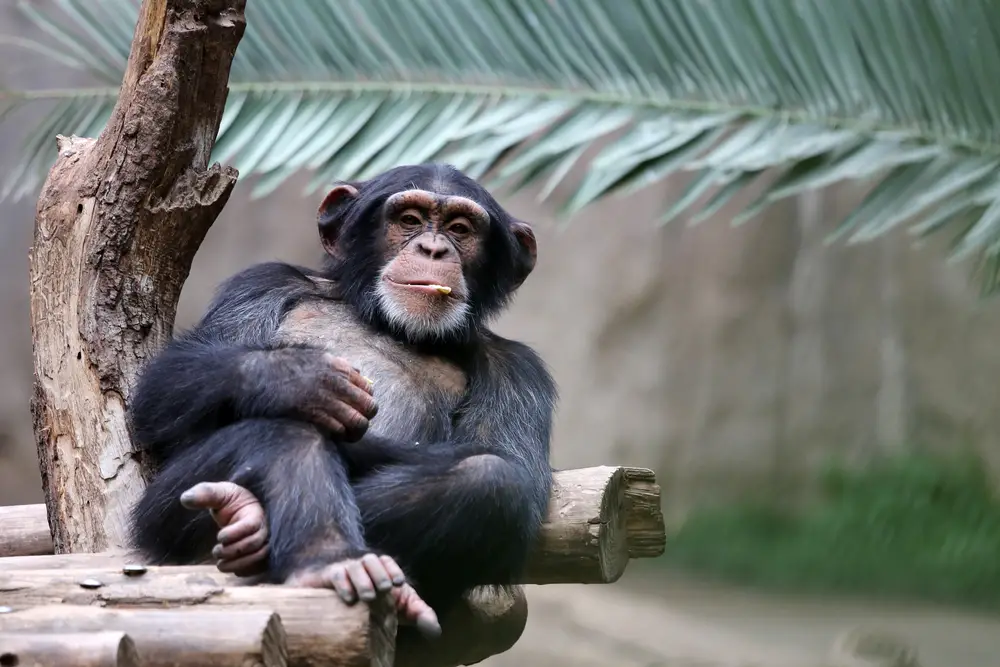
Chimpanzees instinctively understand the importance of rest, taking time to relax and recuperate after periods of activity. As they age, this balance between activity and rest becomes even more critical, allowing them to conserve energy and maintain their health. In the human world, this translates to recognizing the need for rest as we age, giving our bodies ample time to heal and rejuvenate. This approach to aging highlights the importance of listening to our bodies and respecting our need for downtime.
Furthermore, rest and relaxation play a vital role in stress management and emotional well-being. Older chimps demonstrate that taking time to relax is not only beneficial for physical health but also crucial for mental clarity and emotional balance. For humans, this can mean scheduling regular periods of rest and leisure, prioritizing activities that bring joy and relaxation. It’s a reminder that allowing ourselves to unwind and recharge can lead to a more balanced and fulfilling life.
5. Embracing a Plant-Based Diet
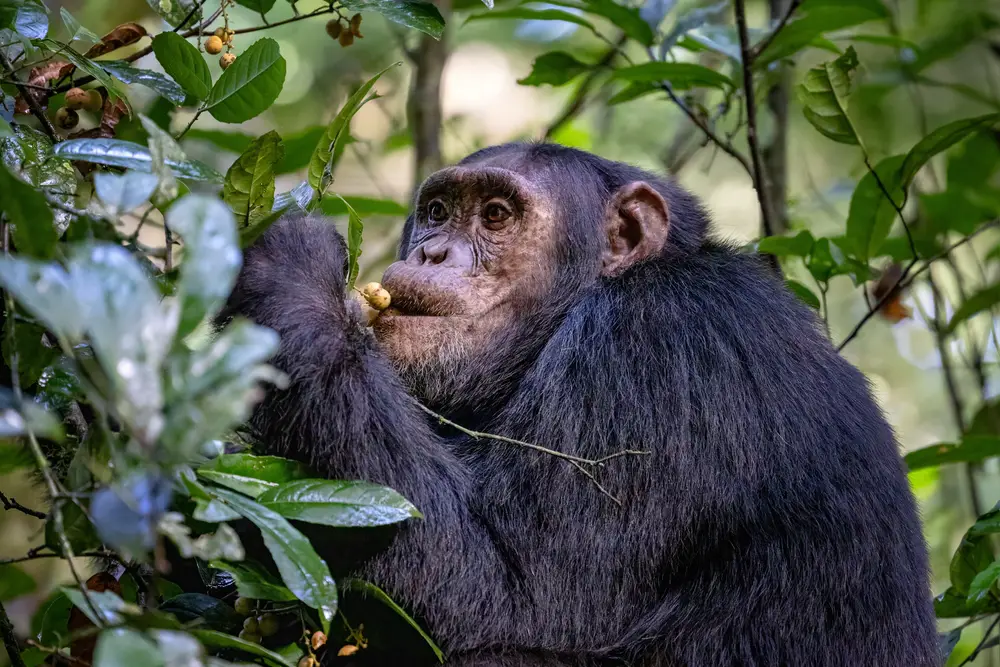
Chimps primarily consume a plant-based diet, rich in fruits, leaves, and seeds, supplemented occasionally with insects and small animals. Their diet provides a plethora of nutrients that support their health and longevity, showcasing the benefits of a balanced, nutrient-rich diet. As humans, adopting a diet that emphasizes whole, plant-based foods can similarly contribute to better health outcomes, including improved heart health and reduced risk of chronic diseases.
Moreover, a plant-based diet is often associated with increased vitality and energy, essential components for aging well. By focusing on nutrient-dense foods, we can provide our bodies with the necessary fuel to support our physical and cognitive functions. This dietary approach encourages us to make mindful food choices, prioritizing nutrition that supports long-term health and well-being. It’s a testament to the idea that what we eat profoundly impacts how we age.
6. The Power of Playfulness
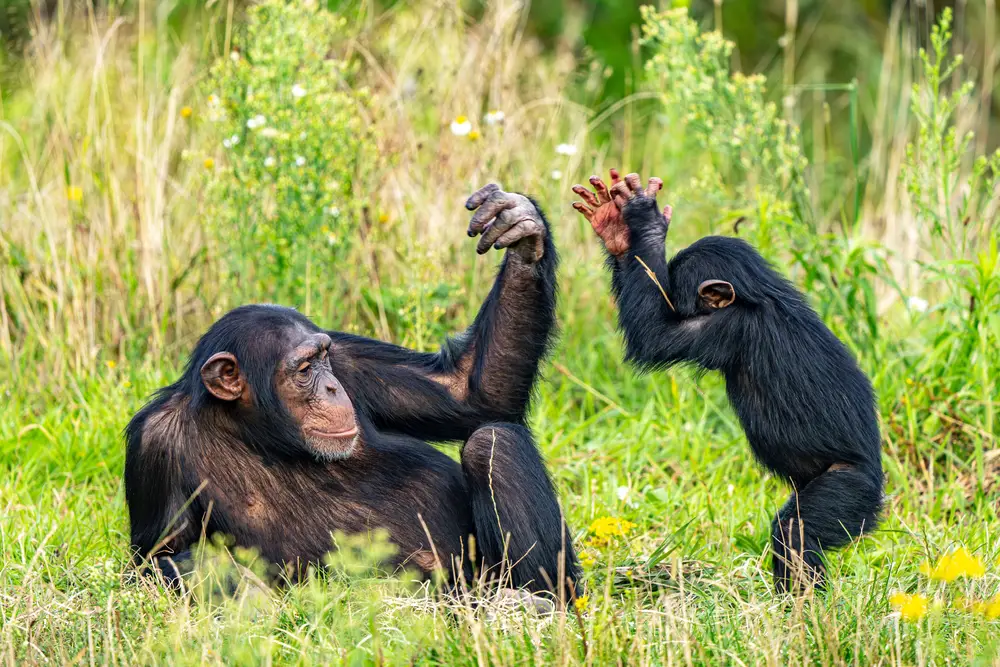
Even as they age, chimpanzees maintain a playful spirit, engaging in activities that bring joy and social connection. This playfulness is not merely frivolous; it serves an essential function in maintaining social bonds and reducing stress. For humans, this suggests that keeping a sense of humor and engaging in playful activities can enhance our quality of life as we age. Laughter and lightheartedness can alleviate stress and foster a sense of community and belonging.
Additionally, playfulness can stimulate cognitive functioning, keeping our minds sharp and innovative. Engaging in games, puzzles, or social activities that challenge our thinking can contribute to mental longevity. Embracing a playful attitude encourages creativity and adaptability, traits that are valuable at any age. It’s a reminder that, regardless of age, we can choose to approach life with curiosity and a willingness to enjoy the moment.
7. The Significance of Grooming and Self-Care
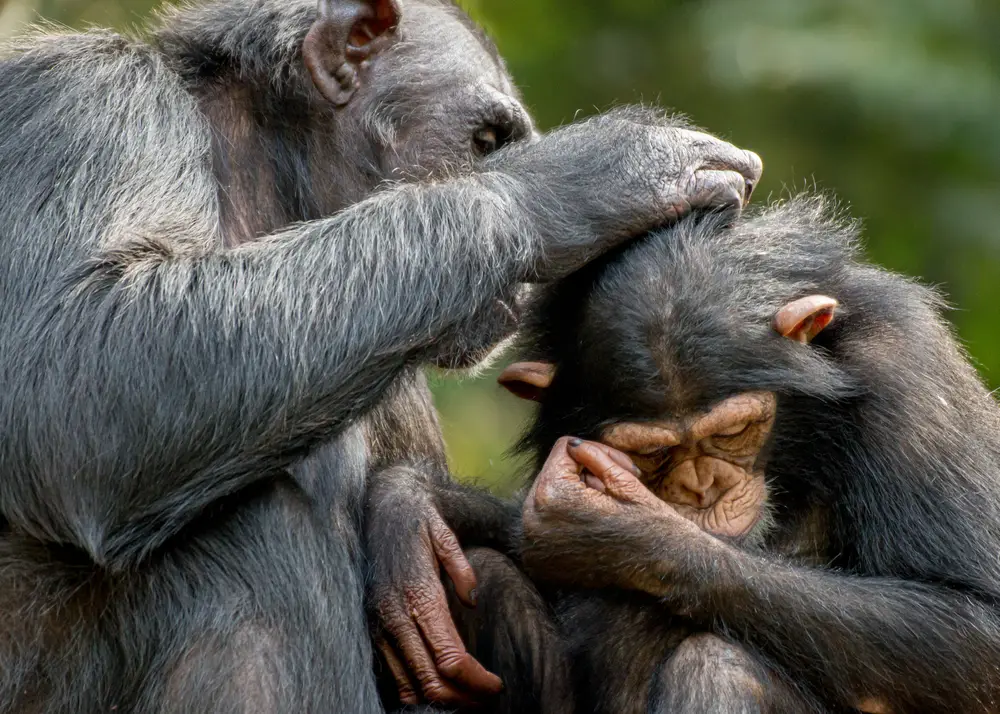
Grooming is a fundamental social activity among chimps, reinforcing bonds and establishing trust within their communities. As they age, grooming becomes even more important, providing both physical benefits and emotional comfort. This focus on grooming can be paralleled with the human concept of self-care, highlighting the importance of maintaining personal hygiene and well-being as we age. Taking time for self-care can enhance our physical health and foster a sense of self-worth and confidence.
Moreover, grooming and self-care offer opportunities for introspection and relaxation, helping us manage stress and maintain emotional balance. For humans, incorporating self-care rituals into our daily routine can provide similar benefits, promoting a positive outlook and enhancing our quality of life. This emphasis on self-care encourages us to prioritize our needs, recognizing that caring for ourselves is a crucial aspect of aging gracefully. It’s a reminder that nurturing ourselves physically and emotionally is an integral part of the aging process.
8. Fostering Intergenerational Connections
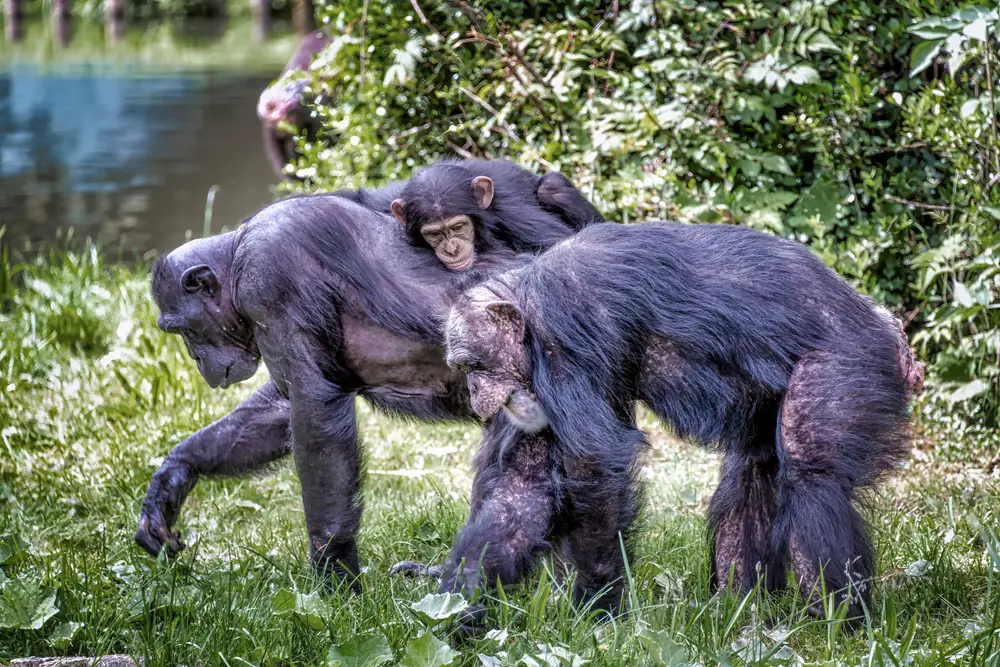
In chimpanzee communities, older individuals often play a vital role in social structure, sharing knowledge and experience with younger members. This intergenerational connection strengthens the group’s cohesion and ensures the transmission of essential survival skills. For humans, fostering intergenerational relationships can similarly enrich our lives, offering opportunities for learning, mentorship, and mutual support. These connections bridge generational gaps and foster a sense of community and belonging.
Interacting with younger generations can also provide fresh perspectives and invigorate our sense of purpose. Engaging with younger individuals can challenge us to stay current with cultural and technological trends, keeping us mentally agile. For younger individuals, intergenerational connections offer access to wisdom and experience, creating a reciprocal relationship that benefits all involved. Embracing these connections can rejuvenate our spirits and remind us of the value of community across ages.
9. The Art of Letting Go
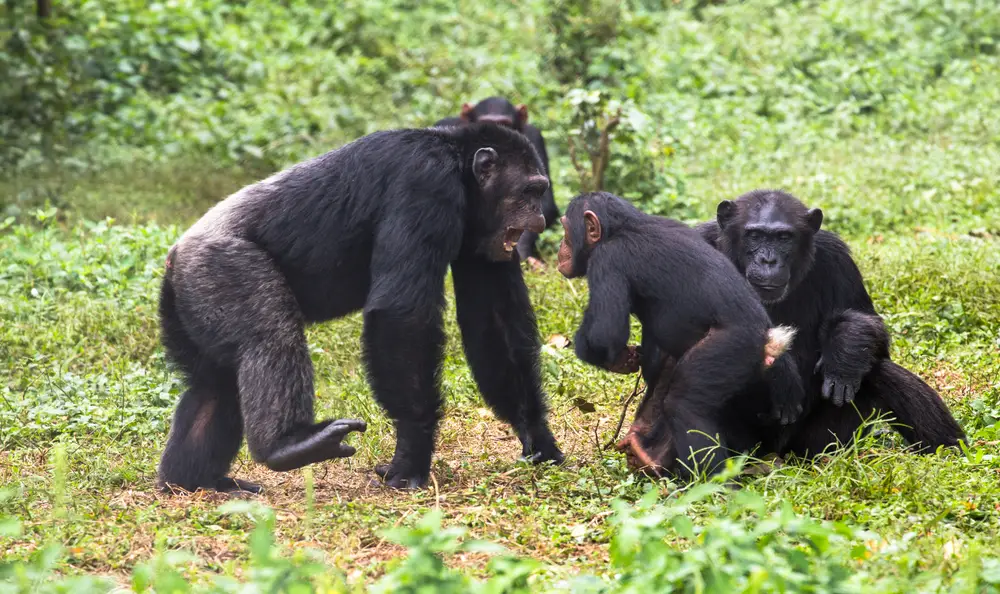
As chimps age, they often exhibit a natural ability to let go of past conflicts and grievances, focusing instead on maintaining harmony within their social groups. This behavior underscores the importance of emotional resilience and forgiveness as we age. For humans, learning to let go of grudges and past hurts can lead to greater emotional freedom and peace. It encourages us to prioritize emotional well-being and cultivate an attitude of acceptance and understanding.
Letting go also involves releasing unrealistic expectations and embracing life as it unfolds. This acceptance can lead to a more fulfilling and contented life, free from the burdens of resentment and regret. Practicing forgiveness, whether towards others or ourselves, can pave the way for healthier, more meaningful relationships. It’s a reminder that aging gracefully involves emotional growth and the capacity to move forward with an open heart.
10. The Impact of Stress Reduction
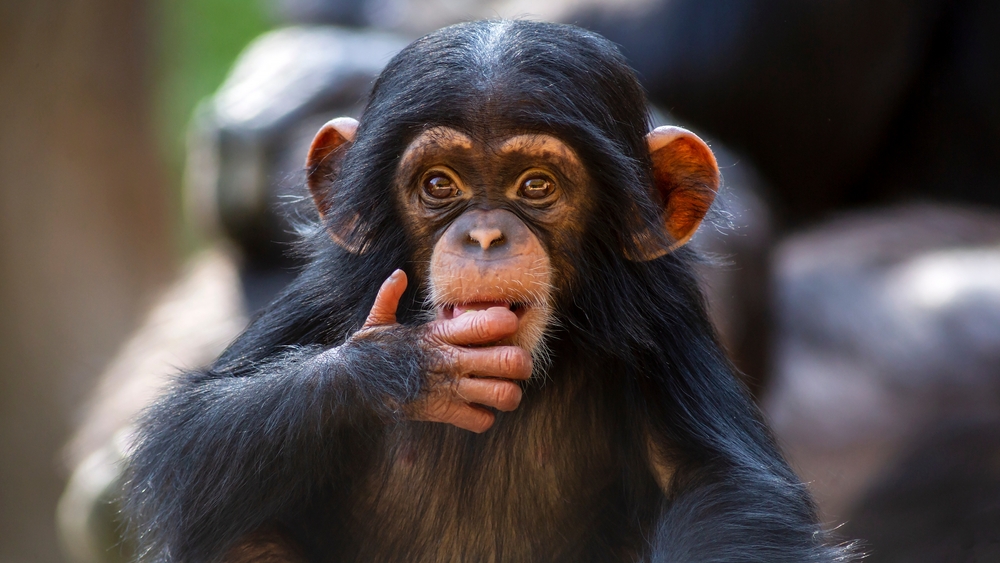
Chimpanzees, like humans, experience stress, but their natural environments often provide ample opportunities for stress relief. Activities such as grooming, socializing, and spending time in nature all contribute to their ability to manage stress effectively. For humans, finding ways to reduce stress is crucial for healthy aging, as chronic stress can accelerate the aging process and contribute to various health issues. This suggests that integrating stress-reducing practices into our daily lives can enhance our well-being as we age.
Mindfulness, meditation, and spending time in nature are all effective strategies for managing stress and promoting mental clarity. By prioritizing stress reduction, we can improve our physical health, boost our immune system, and foster emotional resilience. It’s a testament to the idea that aging well involves balancing life’s demands with practices that nurture our mental and emotional states. Embracing stress reduction as a lifelong practice can significantly enhance our quality of life.
11. The Role of Curiosity and Lifelong Learning
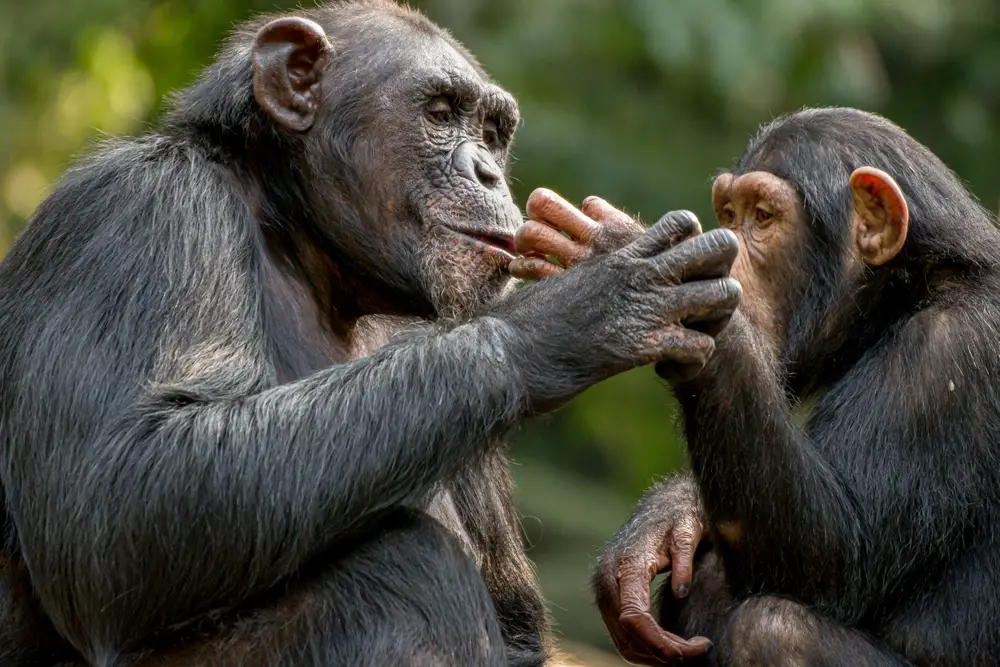
Chimps demonstrate a keen sense of curiosity, continually exploring their environment and engaging with new challenges. This inquisitive nature doesn’t wane with age; instead, older chimps often rely on their curiosity to acquire new skills and adapt to changing circumstances. For humans, maintaining a sense of curiosity and a commitment to lifelong learning can provide mental stimulation and cognitive engagement. It encourages us to seek out new experiences and continue growing, regardless of our age.
Lifelong learning can take many forms, from formal education to hobbies and interests that challenge us intellectually. Engaging in continuous learning promotes cognitive health and keeps our minds agile and receptive. It’s a reminder that aging gracefully involves embracing the unknown, staying curious, and remaining open to new ideas and experiences. This mindset fuels our passion for life and reinforces the idea that there is always more to explore and discover.
12. The Significance of Natural Environments
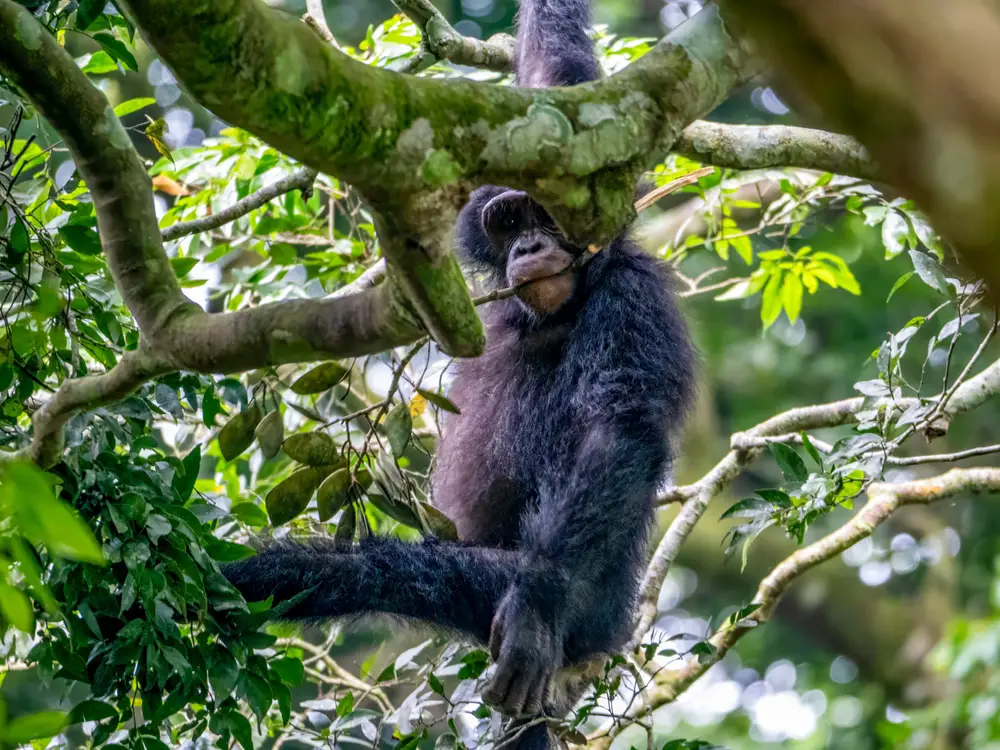
Chimps thrive in their natural habitats, benefiting from the abundance of resources and the restorative power of nature. Their connection to the environment supports their physical and emotional well-being, illustrating the profound impact of nature on health. For humans, spending time in natural settings can similarly enhance our well-being, offering opportunities for relaxation, reflection, and rejuvenation. This connection to nature encourages us to prioritize time outdoors and incorporate natural elements into our daily lives.
Exposure to natural environments can reduce stress, improve mood, and foster a sense of peace and tranquility. Whether through outdoor activities or simply appreciating the beauty of nature, these experiences can have a lasting impact on our health and happiness. It’s a testament to the idea that nature provides a sanctuary for healing and growth, reminding us of the importance of maintaining a connection to the world around us. As we age, nurturing this connection can enhance our quality of life and enrich our experiences.
13. Celebrating the Journey of Aging
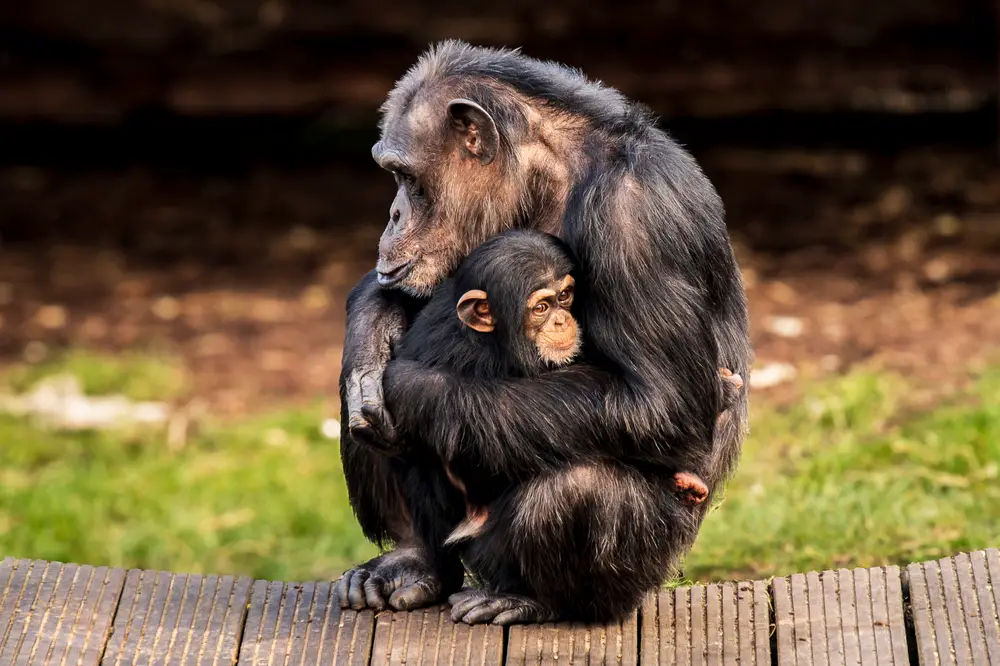
Chimps approach aging without the biases or negative connotations often associated with getting older. Their acceptance of the aging process serves as a powerful reminder of the importance of celebrating each stage of life. For humans, this involves shifting our perspectives on aging, viewing it as an opportunity for reflection, growth, and contribution. Embracing the journey of aging encourages us to appreciate the wisdom and experiences that come with time.
Celebrating aging also means recognizing the milestones and accomplishments achieved throughout our lives. It invites us to reflect on our personal growth and the impact we’ve had on others, fostering a sense of gratitude and fulfillment. By honoring the aging process, we can shift the narrative from one of decline to one of celebration and joy. It’s a reminder that aging is a natural, beautiful part of life’s journey, deserving of recognition and appreciation.
